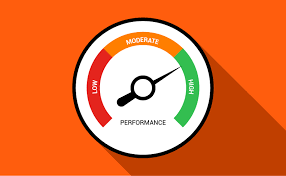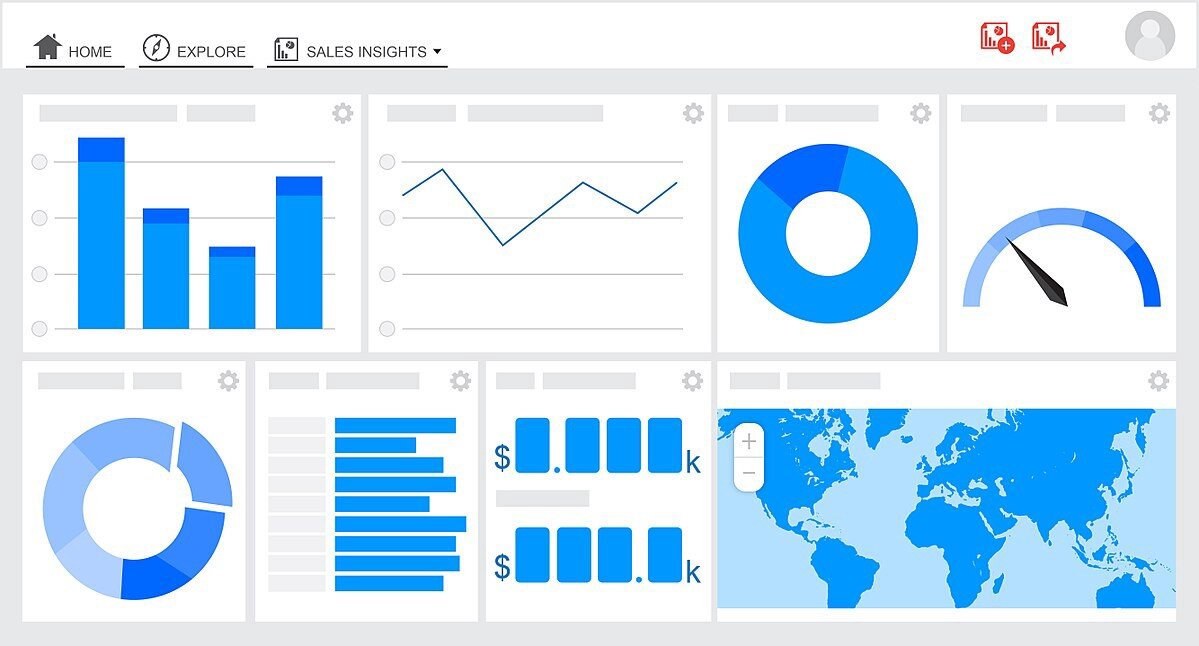Going in to a data integration project, no matter the size can be daunting because it requires buy-off from so many different people within an organization. One of the more difficult relationships to manage are the expectations from the business with the realities of limitations from IT. Whether those limitations are inherent in the tools that are being selected or due to lack of proper personnel on that team, you will always have hurdles to overcome. Here are some tips for managing the relationship and expectations between business users and technical resources in data projects:
Clearly define the project goals and expectations from the beginning, including timelines, resources, and budget.
Encourage open and ongoing communication between the business and technical teams to ensure that everyone is aligned and on the same page.
Assign a project manager or business analyst to act as a liaison between the two teams, ensuring that requirements are properly understood and translated into technical solutions.
Ensure that the technical team fully understands the business users' needs and requirements, and that the business team understands the technical limitations and complexities of the project.
Foster a collaborative and inclusive culture where everyone feels valued and respected, and where all team members feel comfortable sharing their ideas and opinions.
Regularly review and evaluate the progress of the project, and adjust the plan as needed to ensure that expectations are being met and the project stays on track.
Provide ongoing training and support to both the business and technical teams to ensure that everyone has the skills and knowledge they need to effectively contribute to the project.




